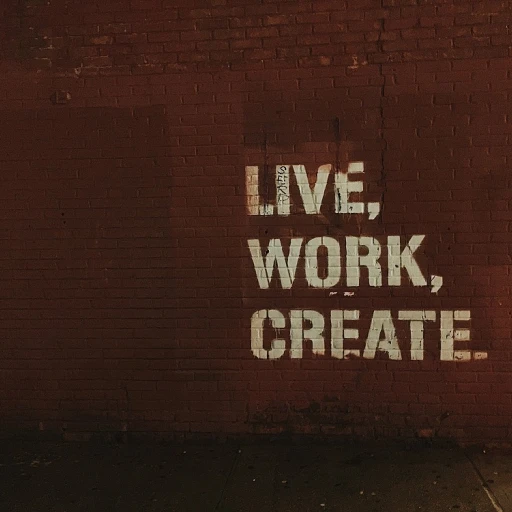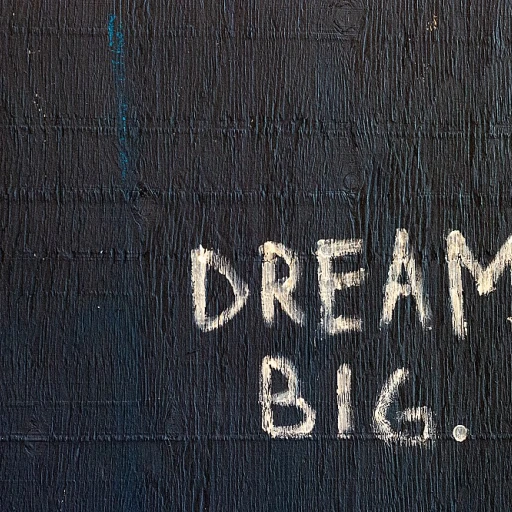
Understanding the Purpose of an Intake Meeting
Grasping the Significance of the Intake Meeting
An intake meeting is a fundamental step in the recruitment and hiring process that sets the tone for progressing successfully to further stages like crafting effective job descriptions or aligning on candidate profiles. At its core, an intake meeting aims to foster a clear understanding between the hiring managers and the recruiters regarding the role's requirements and expectations. The intent is to create a comprehensive job description that clearly outlines the job needs, the expected candidate profile, and the goals the candidate will need to achieve within the role. This approach not only streamlines the recruitment process but also minimizes potential oversights during the later stages of hiring. During this meeting, critical questions are raised to uncover the nuances of the ideal candidate. It's the recruiter’s role to ask insightful questions to fully understand and convey the hiring manager's vision and requirements. Moreover, it's essential to discuss the expected timelines for the recruitment process. Coming to an agreement on this ensures all parties are on the same page regarding the urgency and pace required to fill the vacancy. For those invested in understanding the broader scope of these meetings’ importance, exploring pertinent articles and expert resources can provide further insights into preparation strategies and best practices.Key Participants and Their Roles
Identifying the Key Players in Intake Meetings
In any successful intake meeting, several key participants play crucial roles. These meetings are not just a formality but a cornerstone for streamlining the hiring and recruitment process. Understanding who should be in attendance and what roles they should play can make all the difference.- Hiring Manager: Often the primary stakeholder in the intake meeting, the hiring manager provides insight into the ideal candidate and job requirements. This individual will outline expectations for recruiting and the interview process.
- Recruiter: The recruiter acts as a bridge, translating the hiring manager's wishes into actionable recruitment strategies. They drive the process, ensuring that all recruitment efforts align with the agreed-upon candidate profile and job description. The recruiter's role is vital for maintaining clarity and consistency throughout the recruitment process.
- HR Representatives: While they may not be centrally involved in every meeting, their presence can help ensure that compliance and broader HR strategies are being considered.
- Department Stakeholders: In some cases, other managers or team leads may participate to discuss how the new hire will integrate with existing teams. This helps avoid future formal complaints and misalignments.
Crafting Effective Job Descriptions
Creating Job Descriptions That Attract the Right Talent
Crafting effective job descriptions is a crucial step in the recruitment process. A well-written job description not only attracts the ideal candidate but also sets clear expectations for the role. During the intake meeting, hiring managers and recruiters should collaborate closely to ensure that the job description accurately reflects the responsibilities and requirements of the position.
Here are some key elements to consider when developing job descriptions:
- Role Clarity: Clearly define the role and its place within the organization. This helps potential candidates understand the job's importance and how it contributes to the company's goals.
- Responsibilities: List the primary duties and responsibilities. Be specific to avoid any ambiguity that might lead to misunderstandings later in the hiring process.
- Qualifications: Specify the necessary qualifications, including education, skills, and experience. This helps filter out candidates who do not meet the minimum requirements.
- Company Culture: Highlight aspects of the company culture that might appeal to candidates. This can include values, work environment, and any unique benefits the company offers.
- Growth Opportunities: Mention any potential for career advancement or professional development. This can be a significant draw for candidates looking to grow within an organization.
By focusing on these elements, the hiring team can create job descriptions that not only attract qualified candidates but also align with the overall recruitment strategy. This alignment is essential for a smooth recruiting process and helps avoid common pitfalls, such as attracting the wrong candidates or setting unrealistic expectations.
For more insights on optimizing your recruitment process, consider exploring our guide on mastering the art of outboarding in HR job interviews.
Aligning on Candidate Profiles
Defining the Ideal Candidate Profile
Aligning on candidate profiles is a crucial step in the recruitment process. During the intake meeting, the hiring manager and the recruiter must come together to clearly define what the ideal candidate looks like for the role in question. This is not just about listing job requirements but understanding the nuances that make a candidate successful in the specific role and company culture.
To achieve this, the hiring team should consider the following:
- Skills and Experience: Identify the must-have skills and experiences that are non-negotiable for the role. This helps in filtering candidates effectively during the recruiting process.
- Cultural Fit: Discuss what kind of personality and work style will thrive within the team and company. This can often be as important as technical skills.
- Growth Potential: Consider whether the candidate has the potential to grow within the company. This can be a significant factor in long-term hiring success.
- Role-Specific Attributes: Each job may require unique attributes. For instance, a role in a fast-paced environment might need someone who excels under pressure.
These discussions should be detailed and documented during the intake meeting to ensure all parties involved in the recruitment process are aligned. This alignment helps in crafting interview questions that are targeted and relevant, ultimately leading to a more efficient interview process.
By having a well-defined candidate profile, the hiring manager and recruiters can set clear expectations and streamline the hiring process, reducing the chances of a formal complaint about mismatched job descriptions or candidate expectations.
Setting Interview Timelines and Expectations
Coordinating Interview Schedules and Clarifying Expectations
In the recruitment process, establishing a clear timeline for interviews and setting expectations at the outset during an intake meeting is crucial. This step can significantly streamline the process for hiring managers and recruiters alike. Here’s how to approach it:- Develop a Timeline: At the intake meeting, the hiring team should collaborate to establish a timeline that aligns with the urgency of the hire and role complexity. This involves setting clear dates for each interview round, accommodating the availability of all participants, and considering potential logistical challenges, such as time zones for remote interviews.
- Align on Candidate Experience Expectations: It's critical to ensure that the interview process is fair and consistent for all candidates. Define what a positive candidate journey looks like and set expectations for timely feedback. This coordination helps prevent potential formal complaints from candidates who may feel that their experience was subpar.
- Role of the Hiring Manager and Recruiter: Clarify the responsibilities of each participant in the meeting. The hiring manager typically provides insight into the candidate profile and job requirements, while the recruiter handles the logistics of the recruitment strategy, ensuring that scheduled candidate meetings proceed smoothly.
- Common Meeting Pitfalls: One common mistake is underestimating the time commitment required from managers to conduct interviews, which can lead to rushed or superficial assessments. Another is failing to communicate effectively with candidates about the timeline, leaving them uncertain about their interview status.
- Using Human Resources Tools: Utilize scheduling tools and HR software to keep the process organized, manageable, and efficient.
Common Pitfalls and How to Avoid Them
Identifying and Overcoming Challenges in Intake Meetings
Navigating the intake meeting can be a complex task, given the myriad elements involved in the recruitment process. Here are some common pitfalls that hiring managers and recruiters often face, along with strategies to overcome them:- Lack of Clarity on Job Requirements: At times, the job description isn't as detailed as it should be. This leads to confusion in the recruitment process. To address this, ensure that the job descriptions are crafted with precision, focusing on necessary skills and experiences needed for the role.
- Misalignment on Candidate Profiles: Discrepancies between the hiring team on what constitutes the ideal candidate can delay the entire process. Regularly align with key participants like the hiring manager and recruiters to establish a shared understanding of the candidate profile.
- Inadequately Prepared Hiring Managers: Sometimes the hiring manager may not be fully prepared for the intake meeting. This can lead to missed information or skewed priorities. Encourage managers to engage deeply with the process and seek clarifications early on.
- Poorly Set Interview Timelines: A common issue is setting unrealistic timelines for interviews. It's crucial to set pragmatic expectations right from the start to ensure the recruitment process proceeds smoothly without overburdening the recruiting team.
- Lack of Formalized Procedures: Without formal procedures, the intake meeting might become ineffective. Establish a structured format for questions and discussions, ensuring that every stakeholder knows their role and expectations clearly.
- Communication Gaps: Miscommunication can lead to frustration and a loss of potential candidates. Maintain open channels of communication between recruiters, hiring managers, and candidates, facilitating timely updates and feedback where necessary.
- Ignoring Feedback: Often, the feedback loop from previous recruitment cycles is ignored. Build on past experiences by analyzing what worked and what didn’t, adapting the strategy as necessary.












